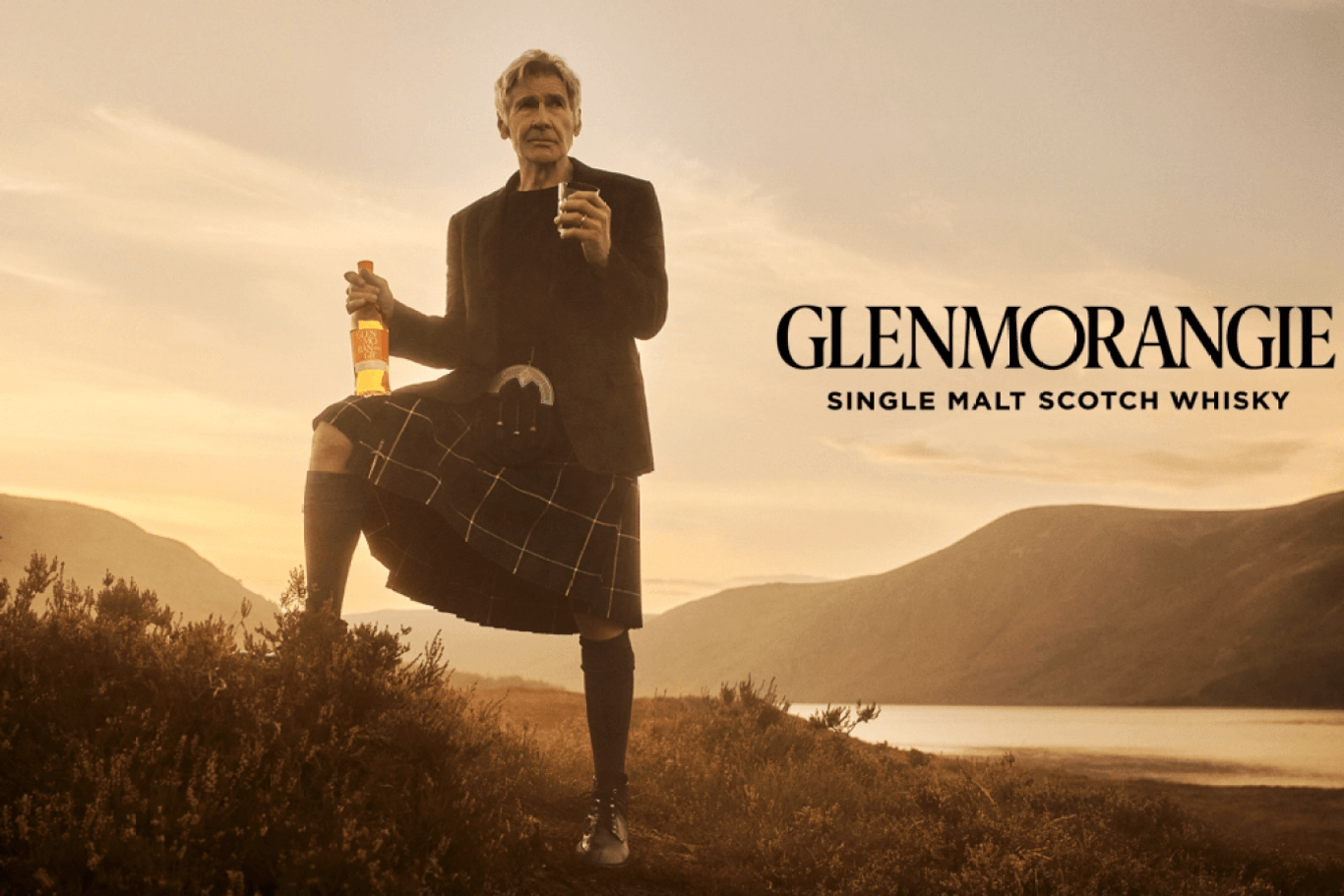Contact us
Whether you’re curious about new ways to grow, want to explore a potential project, or simply have a question, we’d love to hear from you. Drop us a message and let’s see what we can achieve together.
In recent years, the advertising and marketing community has been in a strange frenzy. With all the data, platforms, and digital possibilities, we’ve convinced ourselves that we have to completely rethink what we do and how we do it. Yes, adaptation is necessary. But some fundamentals are timeless. They have always worked, and they will continue to work because, at the end of the day, we are advertising to human beings.
Recent analysis of the Top 10 Drivers of Advertising Profitability (2023) provides a clear roadmap for where investment truly pays off. At the top are two factors with disproportionately high impact: brand size (20x multiplier) and creative quality (12x multiplier).
By contrast, areas that often dominate marketing debates – such as phasing, variants, or seasonal tweaks – deliver only marginal returns. The message is clear: focus resources where they matter most.
Brand size is no big surprise. Big brands benefit more from each ad because they have share of mind and share of shelf. That can be hard to change quickly. But creativity, the second factor, is the most powerful lever we have. A creative ad can generate up to twelve times more impact. The big question is: how do I know if my ad is good enough to reach a 12?
The combination of emotion, fluency, and time is how we create great ads.
Beyond budgets and scale, emotional resonance is a critical differentiator. Campaigns that evoke strong emotional responses significantly outperform those that don’t, delivering higher brand effects (3.2 vs. 2.7) and business effects (2.2 vs. 1.6).
But emotion alone isn’t enough. For impact to endure, campaigns must be anchored in brand fluency. Without it, emotional campaigns risk being memorable experiences with little brand attribution.
Fluency comes from using your brand codes: logos, celebrities, colours, typefaces, slogans. The strongest codes are auditory. Think of the classic jingle or the unmistakable “tudum” from Netflix. A good rule is: logo + three other distinctive codes. And then: use them, repeat them, embed them everywhere.
Cognitive science reinforces this. Musicologist David Huron notes that people enjoy repetition, but only if it’s disguised: “Disguised repetition is reliably pleasurable.” The same holds true in branding. Effective campaigns repeat core messages consistently, but with enough variation to avoid fatigue. This builds memory structures that sustain brand equity over time.
Perhaps the most counterintuitive recommendation is also the most powerful. As Professor Mark Ritson, founder of the MiniMBA in Marketing, argues: “Do nothing. Make fewer ads. Run them for longer.” In a landscape where many organisations equate activity with productivity, the evidence suggests the opposite: fewer, higher-quality campaigns, run consistently, outperform scattershot bursts of content.
I don’t think so. On the contrary, I believe this is how we can best support the CMOs we work with, especially under the budget pressure that defines today’s marketing environment. Which brings us back to Harrison Ford, and the strategy behind Glenmorangie’s single malt whisky campaign.

How did they afford Harrison Ford? By taking seven years’ worth of marketing budget and spending it all on him – and then committing to run the campaign for those seven years.
The codes are all there: logo + Scotland + bottle + celebrity (logo + 3). And, as we’ve established, emotion is part of the equation too. Indiana Jones in a kilt, standing on a hill by a loch, holding a bottle of whisky? It’s distinctive, it’s fluent, it sparks emotion. And it sells.
Whether you’re curious about new ways to grow, want to explore a potential project, or simply have a question, we’d love to hear from you. Drop us a message and let’s see what we can achieve together.